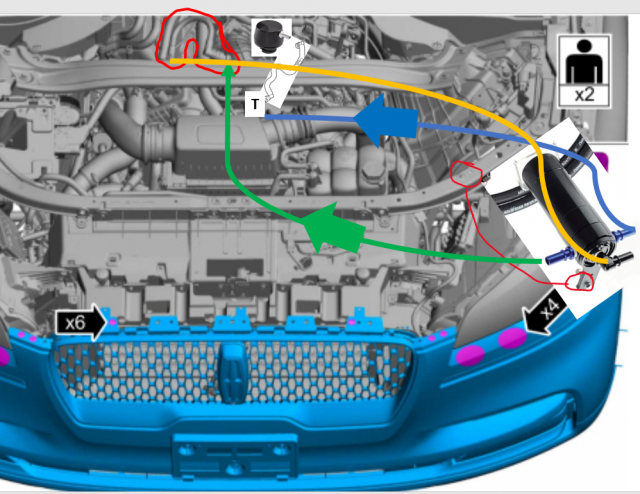Still no modifications made on my 2020 Aviator, but my UPR oil catch can will be first.
UPR claims to increase MPG and low speed throttle control. Eager to get this done, got a wedding this weekend but I'm hopeful.
I'll document initial reaction, 1 wk MPG, and 2 wk MPG.
Background:

DIY catch can drain line kit (UPR):
* 1pc 48" 1/2" Braided Hose - 300psi Oil Resistant
* 2pc of UPR Billet Hose End Covers
* 1pc 1/4 Turn Drain Valve with 14mm Barbed End
* 2pc 14mm Barbed x 1/4" Catch Can Fitting
Initial report:
First week:
2nd wk
UPR claims to increase MPG and low speed throttle control. Eager to get this done, got a wedding this weekend but I'm hopeful.
I'll document initial reaction, 1 wk MPG, and 2 wk MPG.
Background:

DIY catch can drain line kit (UPR):
* 1pc 48" 1/2" Braided Hose - 300psi Oil Resistant
* 2pc of UPR Billet Hose End Covers
* 1pc 1/4 Turn Drain Valve with 14mm Barbed End
* 2pc 14mm Barbed x 1/4" Catch Can Fitting
Initial report:
First week:
2nd wk
Last edited:

![Gunfire [gunfire] [gunfire]](/images/smilies/gunfire.gif)